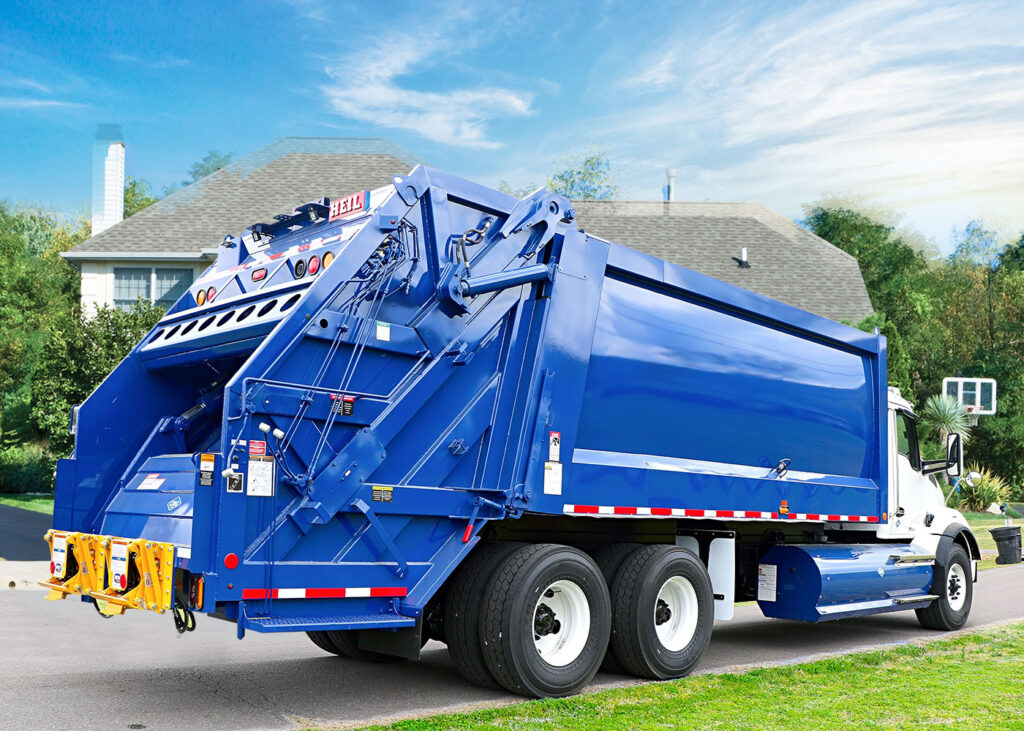In today’s fast-paced urban environments, waste generation is increasing at an unprecedented rate. Managing this waste efficiently is critical for maintaining hygiene, protecting the environment, and ensuring sustainable urban growth. One of the unsung heroes in this process is the trash loader — a powerful machine designed to collect, transport, and dispose of waste with efficiency and safety.
What Is a Trash Loader?
A trash loader (sometimes called a garbage loader or waste loader) is a type of heavy-duty vehicle or equipment used in solid waste collection and transfer operations. Its main purpose is to lift, load, and transport trash from collection points to disposal or processing facilities such as landfills, recycling centers, or waste treatment plants.
These machines are built for durability, equipped with hydraulic arms, loaders, or compacting systems that handle various types of waste — from household garbage to industrial debris.
Types of Trash Loaders
-
Front-End Loaders
Commonly used by municipal corporations, these loaders have a large front bucket that scoops trash and dumps it into large containers or dump trucks. They are ideal for bulk waste handling. -
Rear Loaders
These are the most recognizable garbage trucks. Waste collectors deposit trash into a rear hopper, and hydraulic mechanisms compress the waste inside the vehicle’s container, maximizing capacity. -
Side Loaders
Equipped with robotic arms, these loaders are often used in automated systems where trash bins are picked up and emptied without manual intervention. They are efficient and reduce labor costs. -
Skid Steer or Mini Loaders
Smaller and more maneuverable, these loaders are used in confined spaces like alleys, parking lots, or construction sites for quick cleanup tasks.
How Trash Loaders Work
The operation of a trash loader typically involves three key stages:
-
Collection – Waste is gathered from designated bins or pickup points.
-
Loading and Compaction – The loader’s hydraulic system lifts and compresses the waste, reducing its volume for efficient transportation.
-
Transport and Disposal – Once full, the loader or attached truck transports the waste to disposal facilities.
Modern loaders often include sensor-based automation, GPS tracking, and weighing systems to improve efficiency and accountability in waste management.
Benefits of Using Trash Loaders
-
Efficiency: Speeds up waste collection and transport compared to manual methods.
-
Safety: Reduces human contact with hazardous waste materials.
-
Cost-Effectiveness: Lowers labor costs and improves fuel efficiency through automation.
-
Environmental Impact: Encourages systematic waste disposal and helps reduce illegal dumping.
-
Scalability: Suitable for both small municipalities and large urban waste systems.
Applications in Different Sectors
-
Municipal Waste Collection – Daily citywide garbage collection and disposal.
-
Construction and Demolition – Removal of heavy debris, concrete, and scrap materials.
-
Industrial Sites – Handling production waste or recycling materials.
-
Event Management – Temporary waste control during festivals, concerts, and public events.
Future of Trash Loaders
As smart city initiatives grow, smart trash loaders are emerging. These use IoT sensors, GPS, and automation to optimize routes, monitor fill levels in real time, and reduce carbon emissions. Electric and hybrid trash loaders are also being developed to minimize environmental pollution.
Conclusion
Trash loaders may not get the spotlight, but they play an indispensable role in keeping our cities clean and sustainable. With advancements in automation and eco-friendly technology, the future of waste management is becoming more efficient, safer, and greener — and trash loaders will continue to be at the heart of this transformation.


